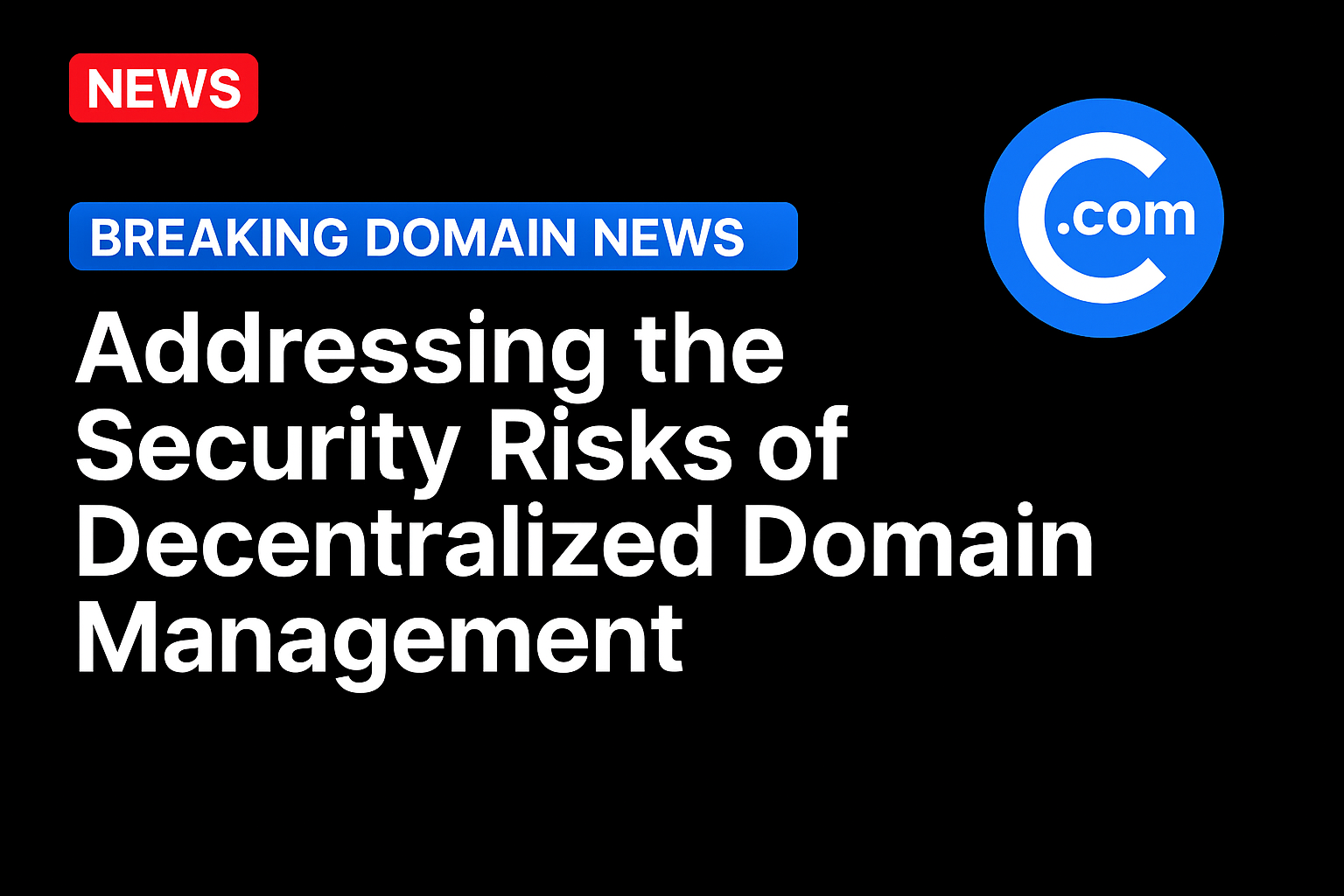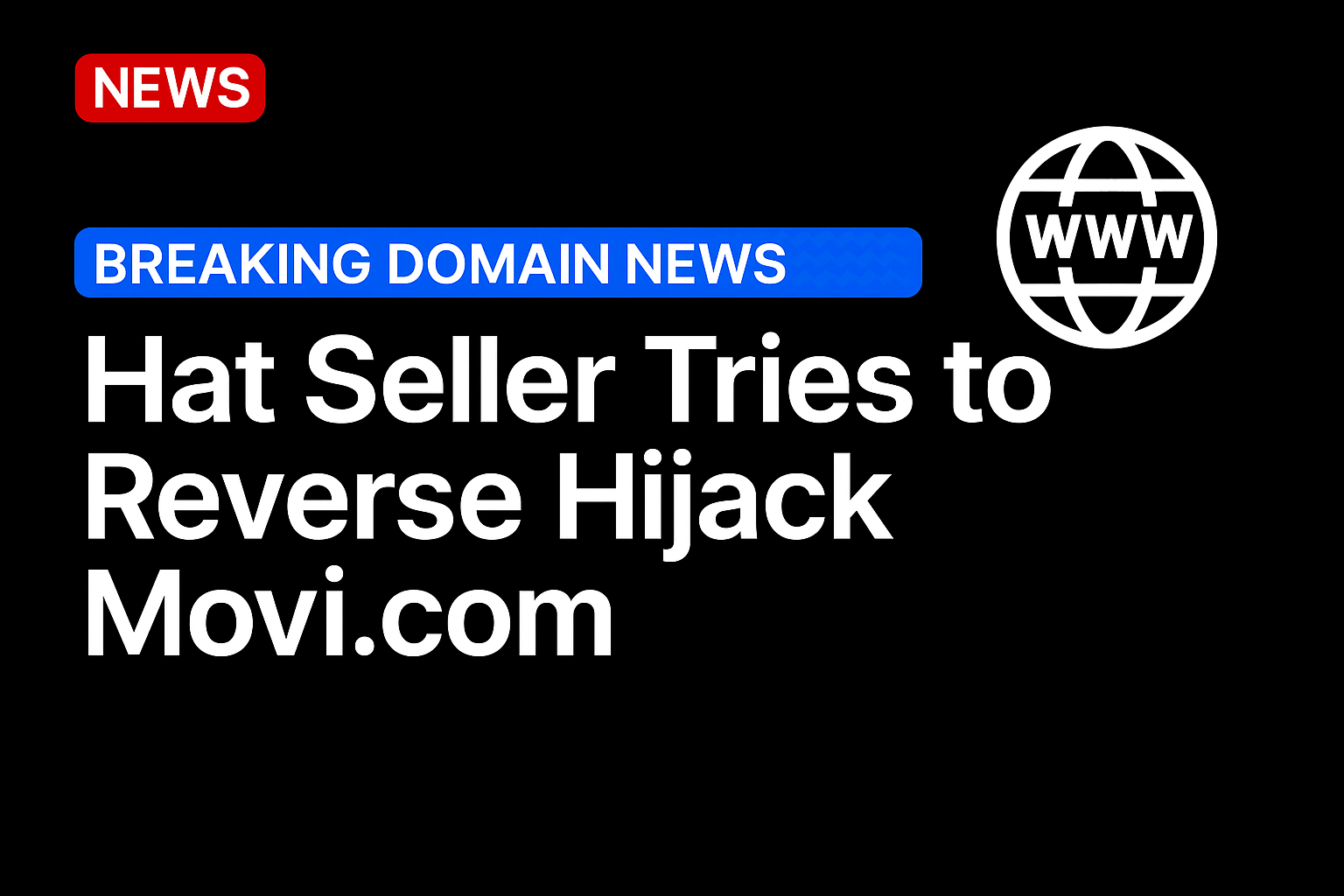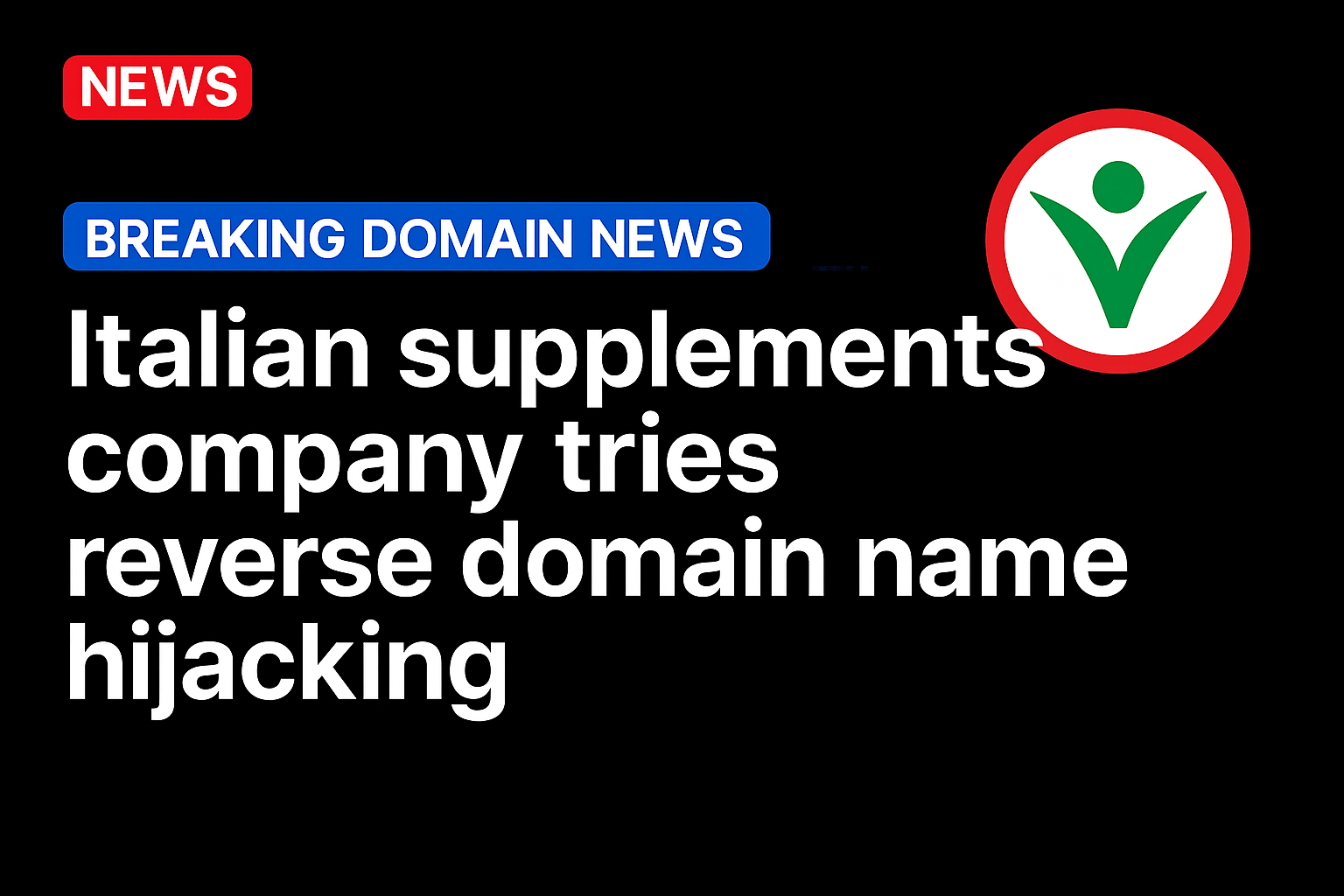When it comes to enterprise cybersecurity management, most teams wouldn’t think twice about incorporating aspects of network security, application security and cloud security into their strategies. However, one critical component continues to be de-prioritized in this kind of corporate planning: domain security.
Traditional cybersecurity typically has an internal, top-down process and established roles. Domain security, by contrast, tends to be more disjointed — marketing, legal, IT and other departments create and use domains without a collective governance process to ensure ongoing management and protection.
4 Tips for Effective Domain Management
- Educate internal departments on the criticality of domains.
- Pick your partners carefully and hold them accountable.
- Consolidate where you outsource.
- Automate certificate processes.
At CSC, we recently surveyed hundreds of companies to understand their domain control validation (DCV) methods for renewing digital web certificates, which is a step every organization must complete in order to obtain a certificate. We found that 17 percent were unaware of the method their organization uses. We also found that close to 40 percent of companies were still using WHOIS for their primary DCV method on the day the program was sunsetted.
Scenarios like the above suggest an overall lack of preparedness among IT and security teams on how to effectively oversee their organization’s entire domain ecosystem. Such a lack of proper domain governance inevitably will leave global organizations with a variety of operational and security risks.
Repercussions of Disjointed Maintenance
From a security perspective, lack of coordination in domain management increases an organization’s cyber attack surface. Domain landscapes are constantly evolving and expanding as new company initiatives and digital infrastructure are born. Unfortunately, cybercriminals often pay more attention to these shifts — and the gaps they create — than the teams using the domains, and this is a prime reason why attack trends like subdomain hijacking and domain squatting are popular for exploiting enterprises.
From a business perspective, a fragmented approach to an organization’s domain ecosystem creates additional financial burdens. This is because it is difficult to choose the right domain vendors and volume services, or ensure proper vetting, when internal teams are not in communication about their current projects and needs. As alluded to in the DCV example above, organizations who do not coordinate processes such as the renewal of web domain certificates run the risk of service disruptions, which can further impact company operations, reputation and customer trust.
With these repercussions in mind, there are several steps organizations should consider to improve their corporate domain management, a process that must begin with the right ownership.
Whose Job Is It Anyway?
Domain management often suffers when multiple teams are involved but lack a shared strategy — resulting in overlap, gaps and unclear accountability.
Effective domain management does need a multidisciplinary stakeholder group of internal leaders who can call the shots, but these leaders must be aligned on the ultimate domain governance and security needs of the company and how to get there. When domain management is dispersed without a unified strategy, it becomes unclear who owns or has implemented what from a policy and security standpoint.
Ideally, an oversight committee would consist of an organization’s chief information security officer (CISO), general council and chief marketing officer (CMO) who meet regularly to discuss activities in the digital space that impact different components of the business, and how to adjust plans for domain security accordingly.
Tips for More Efficient Management
1. Educate Internal Departments on the Criticality of Domains
Many organizations only start paying attention to their domain ecosystem once an issue occurs and they do not have a clear path to resolution. The domain oversight committee can help avoid this situation by proactively advocating for domain management processes that will ensure teams across the organization are following best practices.
This education should also highlight the role of Domain Name System (DNS) infrastructure in disaster recovery and business continuity planning, emphasizing that domains are not just a marketing or IT concern but a foundational element of operational resilience.
2. Pick Your Partners Carefully and Hold Them Accountable
Organizations are only as strong as their weakest link. If your organization must adhere to regulations such as the Network and Information Security 2 (NIS2) Directive and the Digital Operational Resilience Act (DORA), your partners, providers, and supply chain must also meet these standards. And while many partners may promise things like DNS uptime, it’s critical to look for those with a proven track record of resiliency and reliability.
Practically, this could mean giving your partners and suppliers a security checklist outlining required actions, the compliance training they must complete, and other domain security standards they must meet as a condition of doing business with you.
3. Consolidate Where You Outsource
The more an organization outsources, the less control and visibility it has over all the internal and external checkpoints where domains and data are available. Between vendor and solution fatigue, it becomes difficult to track where assets are going, and whether security and operations are actually improving over time.
Organizations should look to consolidate among their providers to enable easier monitoring and more long-term cost savings.
4. Automate Certificate Processes
Enterprises may need to manage hundreds—or even thousands—of digital certificates across multiple departments. There is an opportunity to automate the renewal process for those certificates to ensure none of them fall through the cracks and expire without the team’s awareness.
With certificate life cycles and re-use periods beginning to shorten in March 2026, based on new guidelines from the Certification Authority Browser (CA/Browser) Forum, automation and coordination become essential. The same thought process can be applied to other aspects of domain management and security, such as automated enforcement actions against suspicious domain behaviors or registrations.
Take Control or Be Controlled
Without centralized direction, fragmented domain usage creates management gaps that expose organizations to preventable business and security risks.
Instead of responding to domain incidents after they occur, organizations can more effectively manage domains by proactively establishing a leadership team to educate internal departments, evaluate domain partners and outsourced services, and enforce automated processes that improve the company’s overall efficiency and security.
Source: https://builtin.com/




